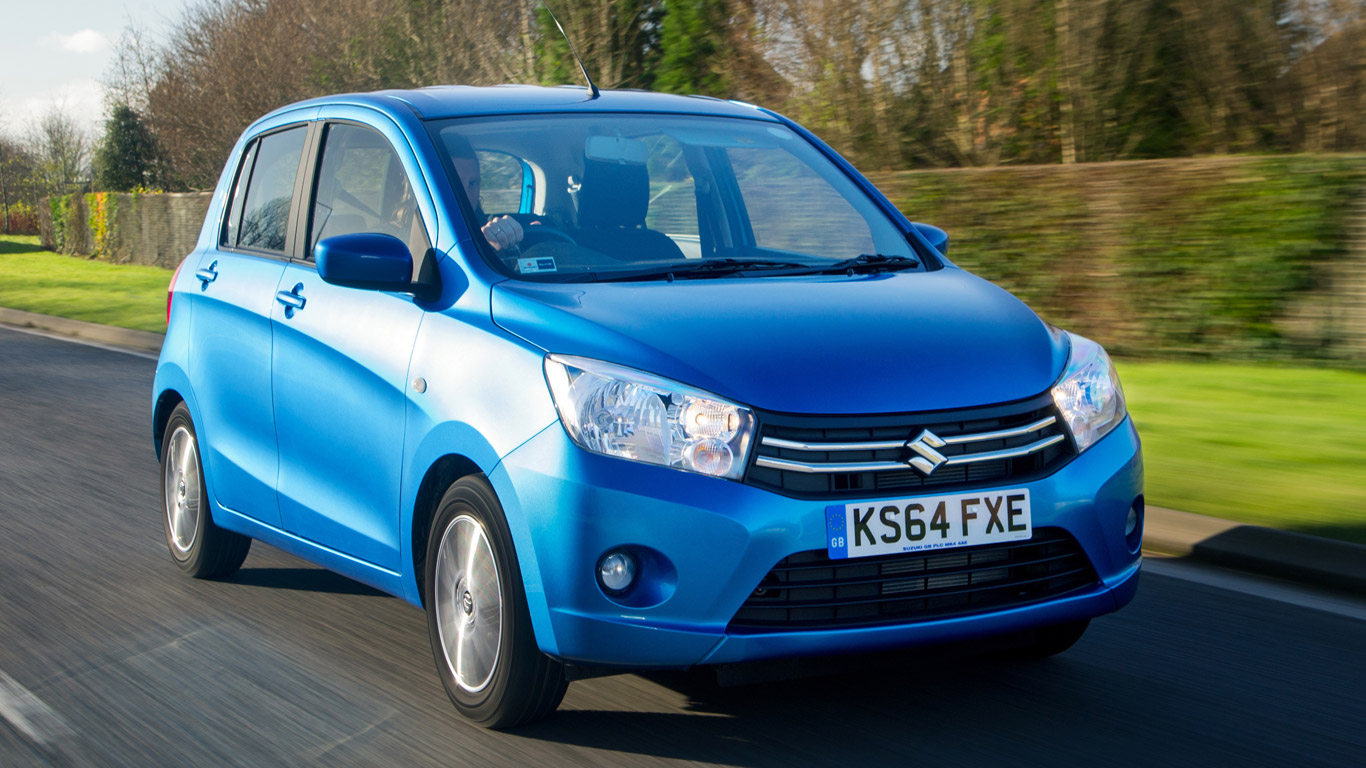
Do not confuse this with the regular Suzuki Celerio. The regular Suzuki Celerio is a sensible, affordable city car that will provide impressive fuel economy and get you from A to B while stopping short of impressing your mates. Unless your mates are 80-year-old bingo players called Doris.
But this is the Dualjet version. Dramatic music, if you will. Without getting too techy, it basically means the Celerio is even more economical. The most efficient car in its class, in fact.
What are its rivals?
There’s no shortage of competition for the Suzuki Celerio – from trendier alternatives such as the Toyota Aygo and Volkswagen Up! trios, to rivals from Korea including the Hyundai i10 and Kia Picanto, plus newcomers such as the Vauxhall Viva. It’s a sector that’s come on leaps and bounds in recent years, and buyers are expecting a lot more from their low-cost city cars.
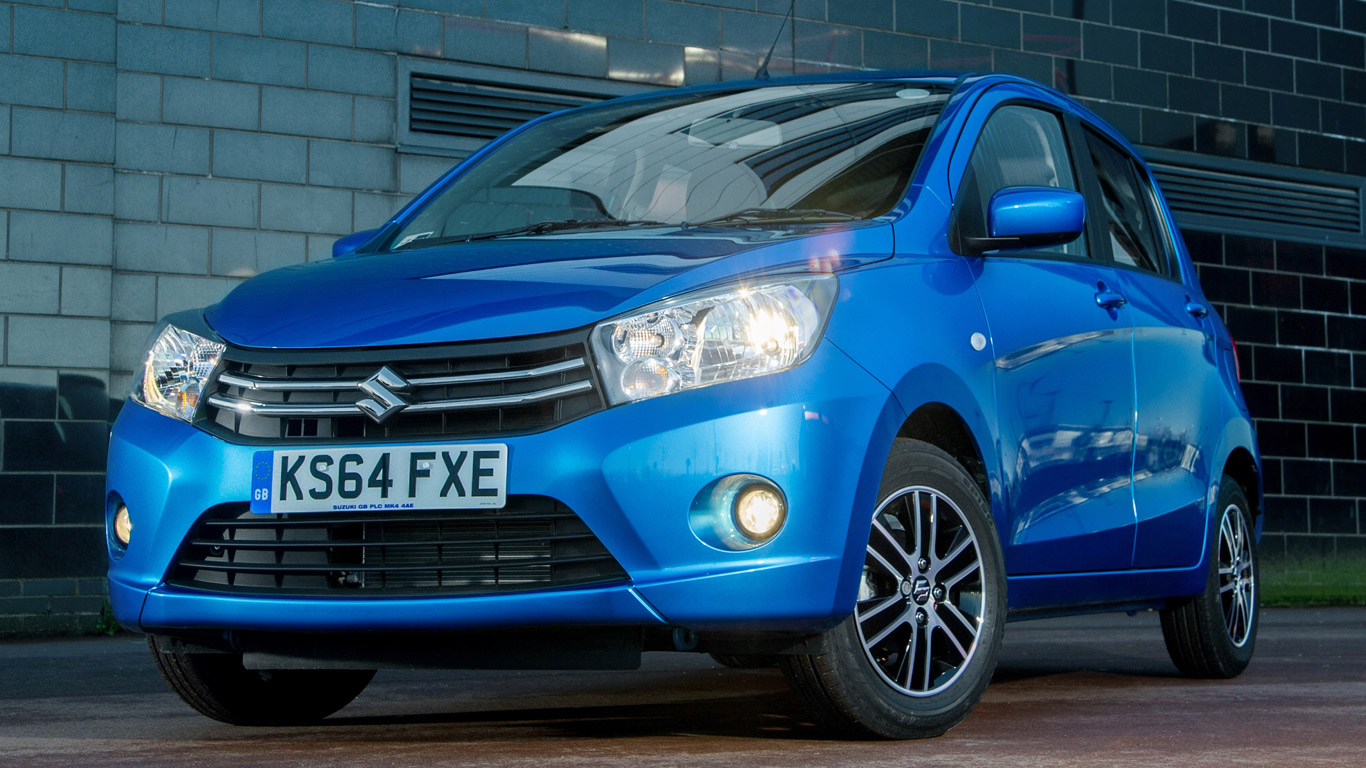
Which engine does it use?
All Suzuki Celerios come with the same engine – a 3-cylinder, 1.0-litre petrol. But this model features the firm’s clever Dualjet technology, which uses twin fuel injectors positioned close to the engine inlet valves. This allows for a finer fuel mixture, providing a more effective transfer into the engine. The result is better fuel economy, lower emissions, and a slight increase in torque.
What’s it like to drive?
The Celerio is very much a shopping car, but it’s actually surprisingly fun. The steering is light and features a tiny turning circle – ideal in town – but the clutch is almost too light, making it difficult to feel the biting point. The Celerio’s compact dimensions (particularly its 1.6-metre width) mean it squeezes through gaps that would send door mirrors flying if you attempted them in most modern superminis.
Weighing just 845kg, it flies along, feeling much swifter than its 13.0-second 0-62mph time suggests (half a second quicker than the regular Celerio, thanks to that extra torque). It starts to feel slightly out of breath when you close in on the national speed limit, but that’s unlikely to be an issue for the average Celerio buyer.
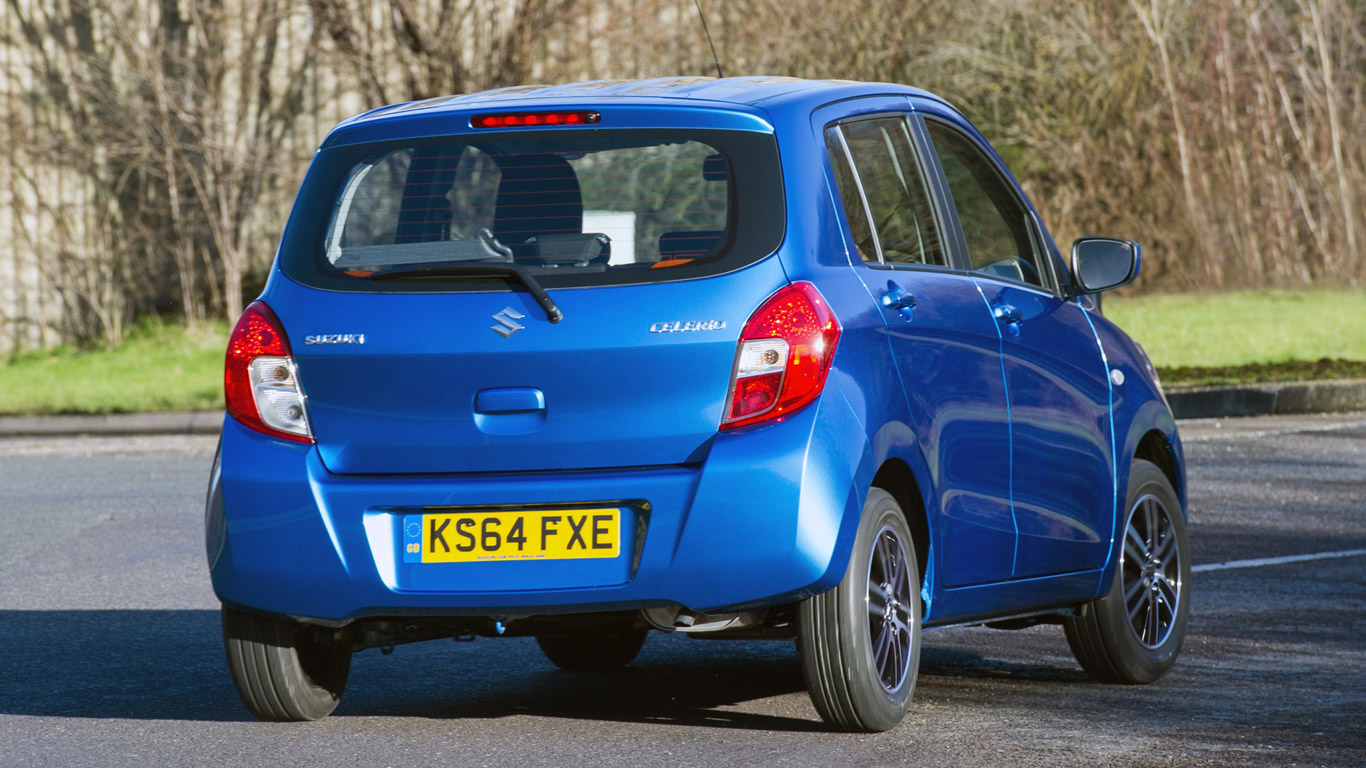
Fuel economy and running costs
Of greater importance is just how efficient this Celerio is. It’ll return an incredible 78.4mpg on the combined cycle – 12.7mpg more than the regular Celerio with the same engine, but without the Dualjet technology. It emits 84g/km CO2, meaning you won’t pay anything in road tax (but then you wouldn’t with the 99g/km regular Celerio, either).
Is it practical?
The ‘box with a wheel at each corner’ approach is nothing new within the city car segment, but it does make for a car that’s rather practical for its diminutive size. Four adults can fit in relative comfort, with plenty of headroom and legroom – but those of a wider build might want to look elsewhere. This isn’t the most stylish of city car interiors, with lots of hard plastics, but it feels fairly well-built.
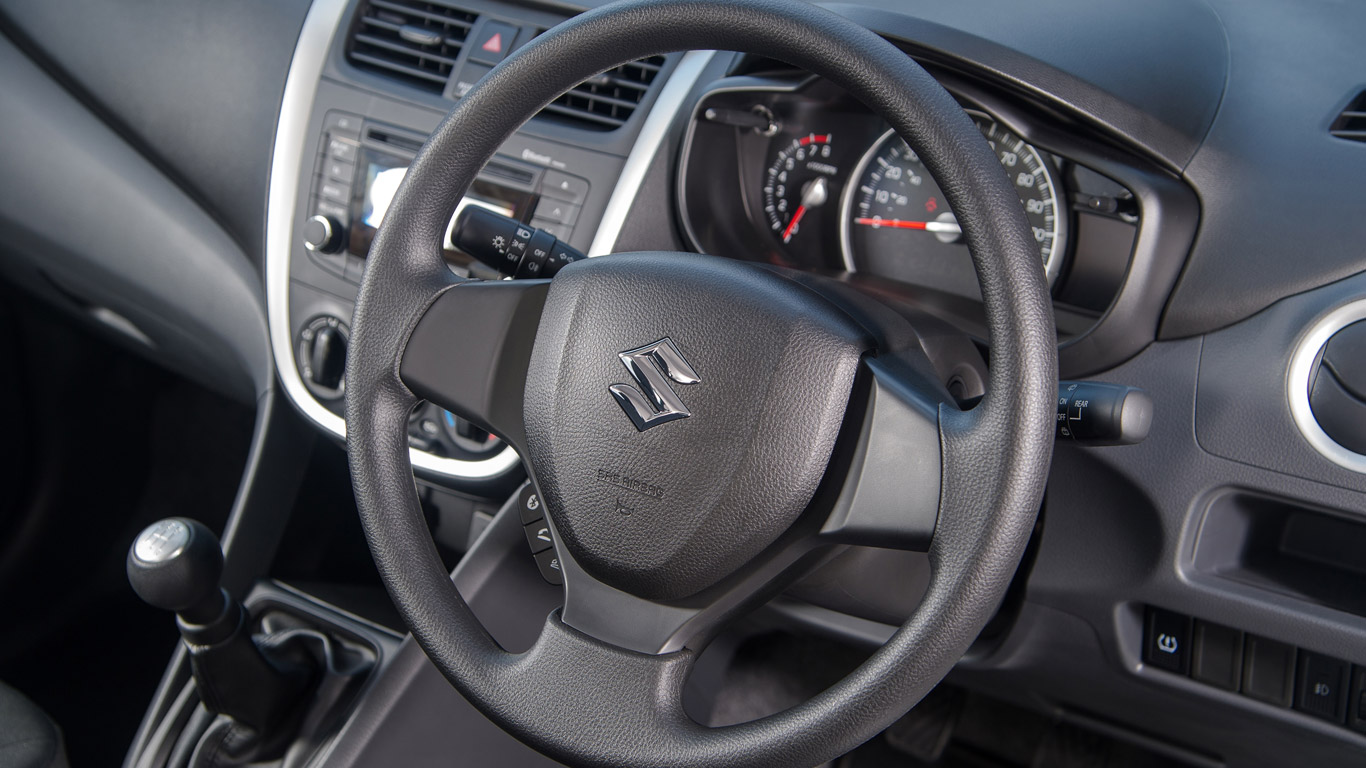
What about safety?
If you take Euro NCAP’s three-star safety rating for the Celerio at face value, you’d be right to be concerned about its crashability. But it scored reasonably high for adult and child occupants, losing points for the lack of safety systems such as a speed limiter, lane-keeping assist or autonomous emergency braking as standard. Are you willing to go without these in a bid to keep costs down?
Which version should I go for?
The Dualjet Celerio costs £500 more than the equivalent Celerio SZ3 (£8,499 compared to £7,999). You’ll have to do the sums to work out whether you can justify that extra initial expense for the improved fuel economy, but no one will find the regular model particularly thirsty. There’s no tax advantage for buying the Dualjet, either.
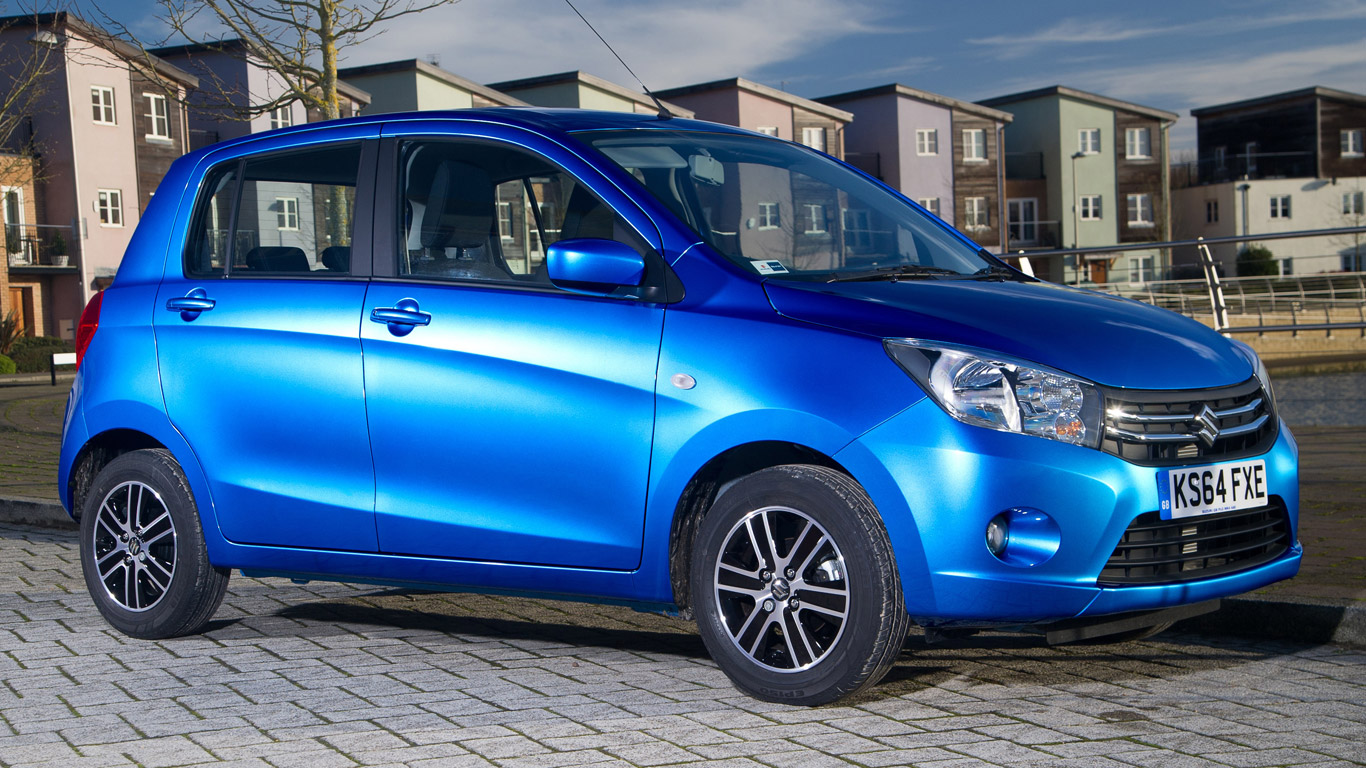
Should I buy one?
The biggest challenge the Celerio faces is the quality of its rivals. They all offer more personalisation options (something buyers in this sector love, car manufacturers keep telling us). And the Celerio really is little more than a white good – a very efficient, and surprisingly enjoyable white good, perhaps, but it’s going to earn you little kudos if you care about that sort of thing.
If you value a low purchase price (or finance rate) and extremely low running costs with a modicum of practicality, the Suzuki Celerio makes sense. And you might enjoy driving it more than you’d expect, too.
Pub fact
UK buyers can only opt for the 1.0-litre petrol engine (with or without Dualjet tech), but Indian customers can have a 0.8-litre two-cylinder diesel. It produces just 47hp and returns 78.6mpg – a fraction more than the Dualjet petrol.